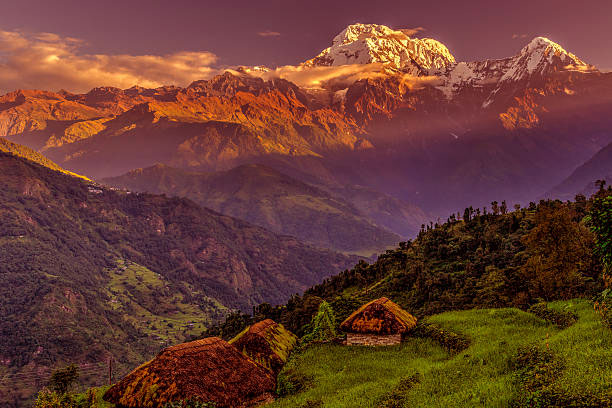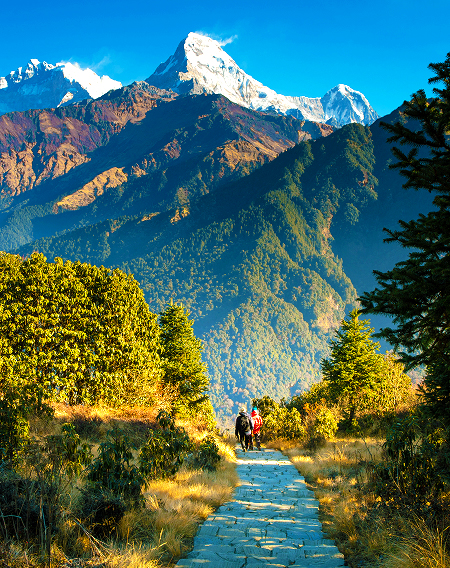Welcome to India
Sikkim, the small but beautiful kingdom is situated in the eastern Himalayas. Sikkim is termed as the Switzerland of the east, a heavenly paradise on earth. It covers an area of 2818 square miles 7325 square kilometers. It is rectangular in shape with seventy miles in the north to south and forty east to west. Geographically it is 28 Degree 07' 48' degree and 27 degree 04' 46' north latitude, and 88 degree 00' 58' and 88 degree 55' 25' east longitude. In the north it is bounded by Tibetan plateau to its east is Bhutan and Chumbi valley of Tibet and in the southern side is bounded by West Bengal India. There are two passes in the eastern boundary with Tibet Nathula pass (4700 metres) and Jelepla (4016 metres). To the west lies Singalila range which forms the most important boundaries between Nepal and Sikkim with a pass named Chiwabhangjang (3400 metres). There are two important rivers In Sikkim Teesta which starts from Tashidrag Glacier in the north and Rangit which is a tributaries of Teesta river.
Darjeeling:
Straddling a ridge at 2134m and surrounded by a tea plantations, Darjeeling has been a popular hill station since the British established it as an R & R center for their troops in mid-1800s. Until the beginning of the 18th century the whole of the area between the present borders of Sikkim and the plains of Bengal, including Darjeeling and Kalimpong, belonged to the Rajas of Sikkim. In 1706 they lost Kalimpong to the Bhutanese, and control of the remainder was wrested from them by the Gurkhas who invaded Sikkim in 1780, following consolidation of the latter's rule in Nepal.
These annexations by the Gurkhas, however, brought them into conflict with the British East India Company. A series of wars were fought between the two parties, eventually leading to the defeat of the Gurkhas and the ceding of all the land they had taken from the Sikkimese to the East India Company. Part of this territory was restored to the Rajas of Sikkim and the country's sovereignty guaranteed by the British in return for British control over any disputes which arose with neighboring states.
One such dispute in 1828 led to the dispatch of two British officers to this area, and it was during their fact-finding tour that they spent some time at Darjeeling (then called Dorje Ling - Place of the Thunderbolt - after the lama who founded the monastery which once stood on Observatory Hill). The officers were quick to appreciate Darjeeling value as a site for a sanatorium and hill station, and as the key to a pass into Nepal and Tibet.
Explore Nepal: Adventure Awaits You Here!
Majestic mountains and serene landscapes
Rich culture, history, and warm hospitality


